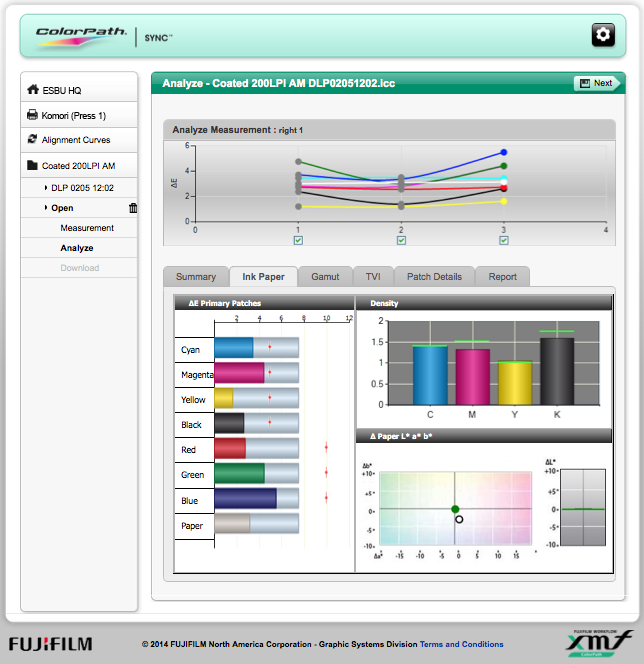How automated do you want you workflow? Walter Hale takes a look at robotic technology trends and where it may lead you.
Robot is a curious word. First used by Czech playwright Karel Capek in his 1920 science fiction drama R.U.R, it was actually suggested by his brother Josef, a painter and writer. Karel had wanted to call his factory made artificial creations labori (from the Latin word labor) but he didn’t like the word. Josef suggested robot – robota was a Czech word that meant slave labour, drudgery or hard work. Karel liked the sound of that and it stuck, with him and us. R.U.R. stood for Rossum’s Universal Robots but in the near century since, robotics have been far from universal. In 1959, computer-assisted manufacturing was demonstrated for the first time by the Massachusetts Institute of Technology.









